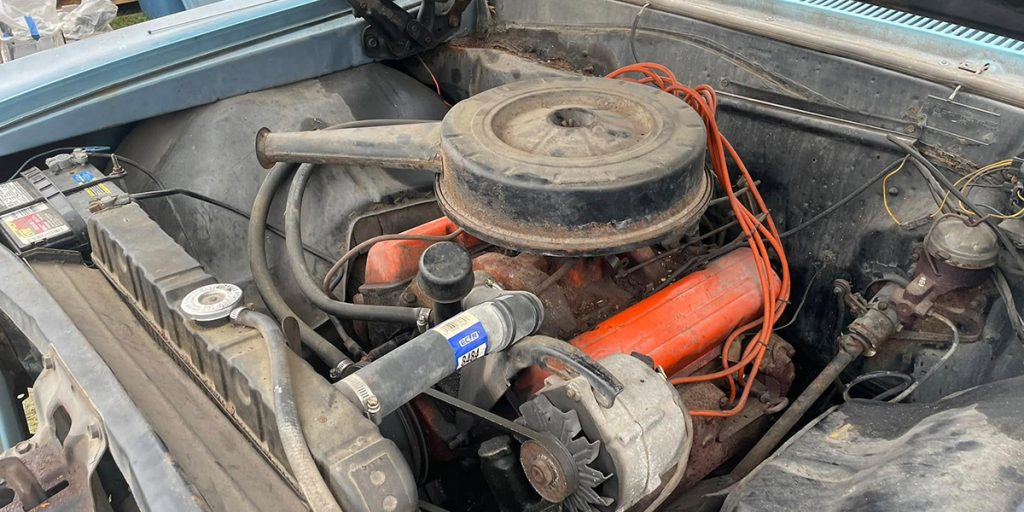
1964–1972 Chevelle Small Block Identification Guide
When it comes to restoring or verifying the originality of your Chevelle, correctly identifying the small block under the hood an important step. After all,
Before the invention of the electric starter, cars were started by hand. While a novelty today – nobody wants to get out and crank away in hopes of starting their car. Electric starters came around 1912 and were invented by Charles Kettering.
Starters in classic 1960s and 1970s cars and trucks look the same at first glance, but they are quite different. Sure, they both have a large black motor with a starting solenoid hanging off the side of it. In order to get the correct starter for your ride, you’ll want to pay attention to these small but significant differences.
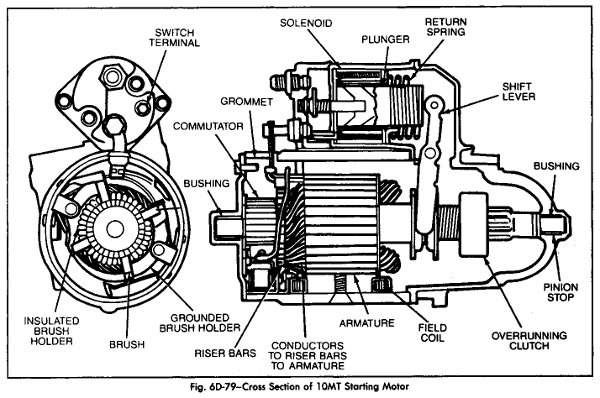
There are two different starts for the classic Chevrolet muscle cars. The difference is whether your engine has a 153-tooth or a 168-tooth flywheel/flexplate. The 153-tooth version has bolt holes that are parallel, while the 168-tooth version has offset holes.
Classic Chevrolet starters typically have two types of nose cones. Cars with a 12 3/4-inch flywheel with 153 teeth feature nose cones with parallel attachment bolt holes. In contrast, a 14-inch flywheel with 168 teeth has offset bolt holes. These configurations apply to both manual and automatic transmissions, with manual cars often originally equipped with a cast-iron nose cone.
There are two different starts for the classic Chevrolet muscle cars. The difference is whether your engine has a 153-tooth or a 168-tooth flywheel/flexplate. The 153-tooth version has bolt holes that are parallel, while the 168-tooth version has offset holes.
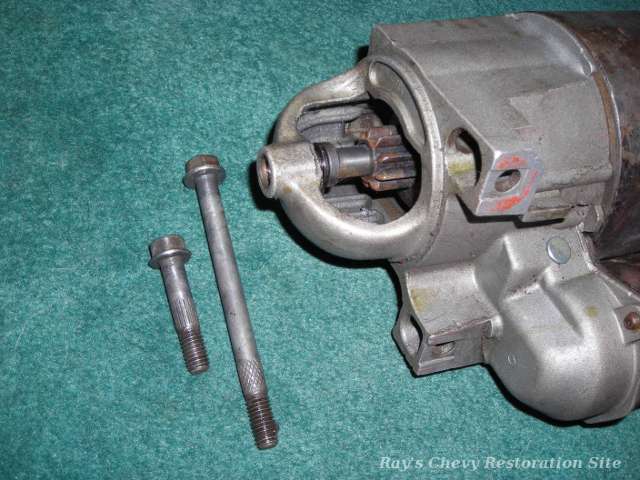
Chevrolet developed two types of starters for different applications: standard-duty and high-torque starters. The high-torque starter has distinct features, including a unique case, field coils, and armature. High-torque starters also use a copper spacer and longer screws for the solenoid connection.

Using the correct starter bolts, which have a specific shank diameter and knurling, is essential to prevent starter movement under torque. Proper installation involves loosely snugging the first bolt, tightening the second bolt, and then fully tightening the first bolt.
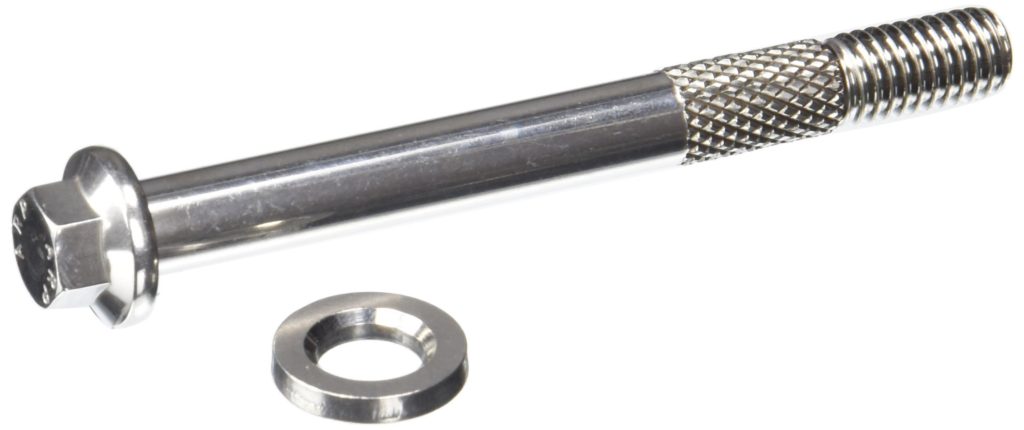
Shims are sometimes necessary to ensure proper clearance between the starter drive gear and the flywheel/flexplate ring gear. The ideal clearance is about .030 inches. If your starter skips, whines, or growls, adjusting the shims can help achieve the correct gap.
Always use the factory brace to support the starter. Without it, the nose cone will break over time. It’s not a matter of if it will break, it’s going to break.
This guide focuses on stock GM starters used in passenger cars and light trucks. It doesn’t apply to later-model vehicles with small body gear reduction, aftermarket, or mini starters. Proper starter selection and installation are crucial for reliable engine performance in classic Chevrolet muscle cars.
Still, need help figuring out if your starter? Hop on SS396.com or give our friendly techs a call at (203) 235-1200!

When it comes to restoring or verifying the originality of your Chevelle, correctly identifying the small block under the hood an important step. After all,

Get $25 Off* when you apply the Code: SS299 during checkout on orders over $299. Max Discount $25. Valid until 06/21/25 (9pm ET). Don’t miss out on this opportunity to save on the essential parts that keep your restoration moving forward.
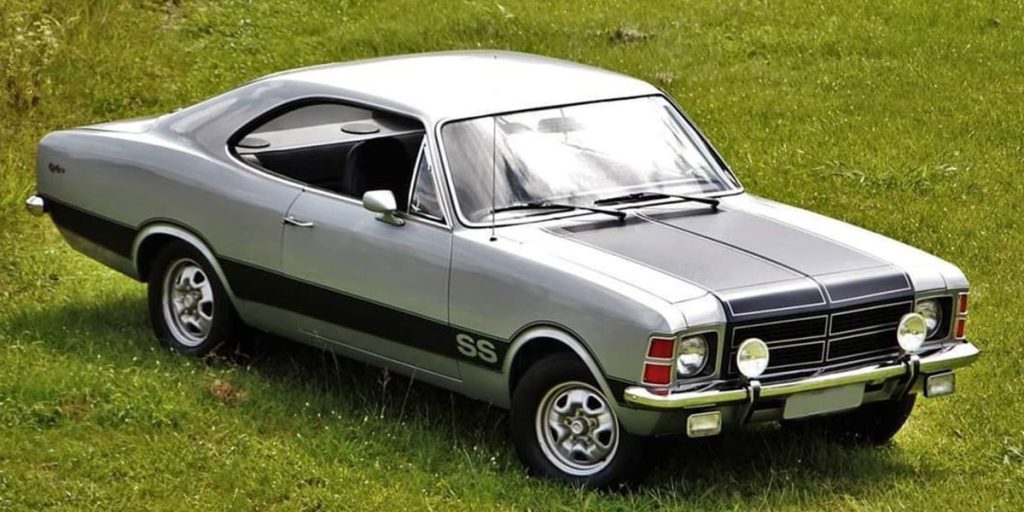
American muscle car’s didn’t just change the automotive landscape in America, it changed the global automotive industry forever. Born from a perfect storm of post-war
